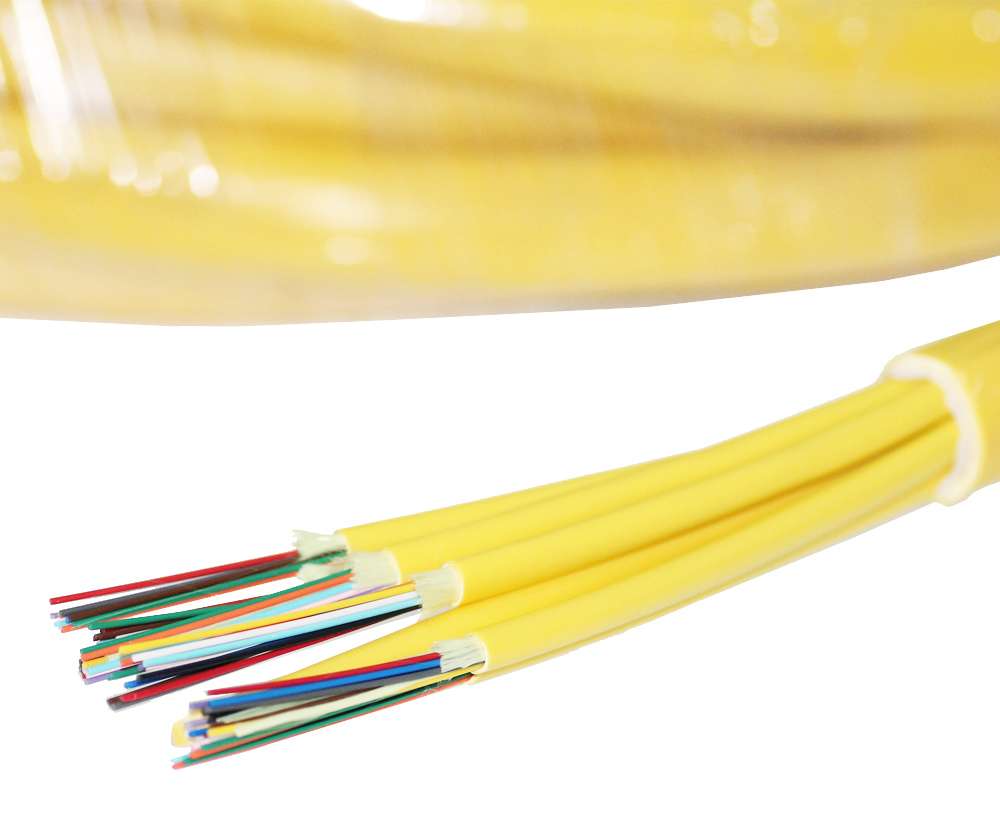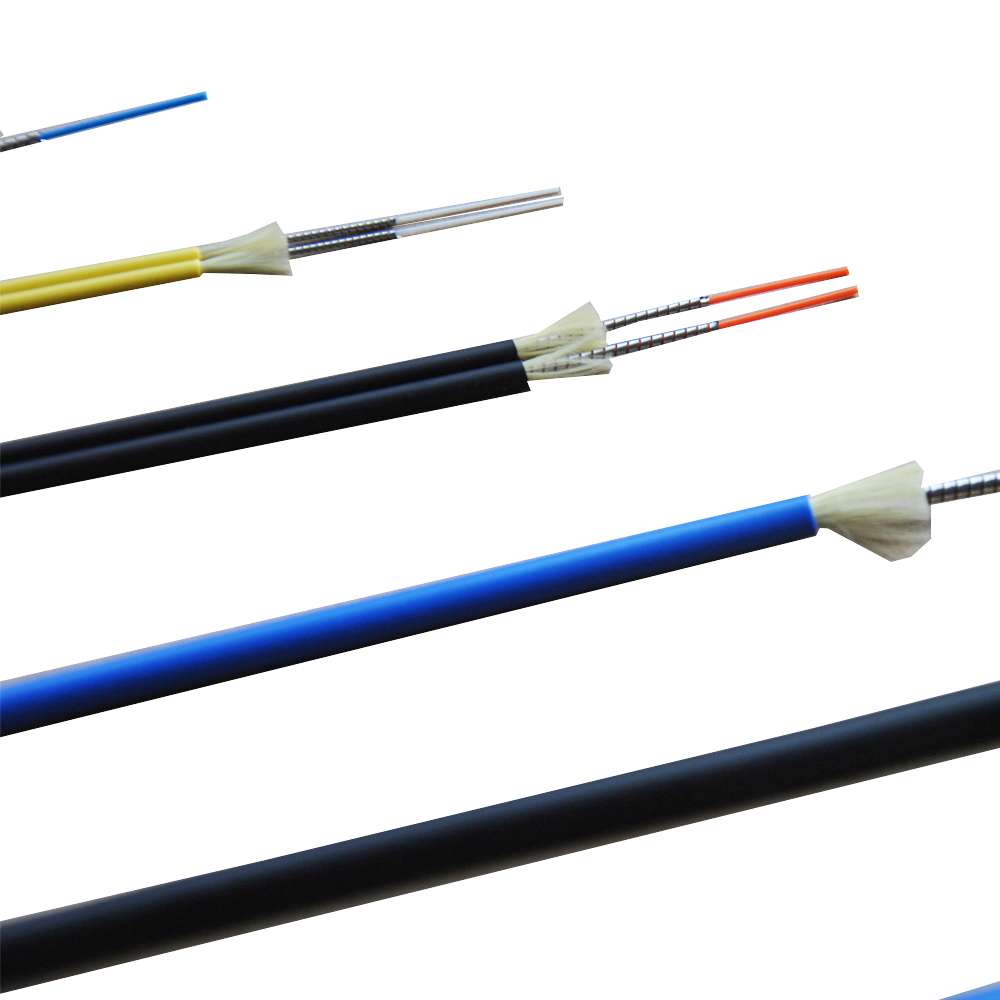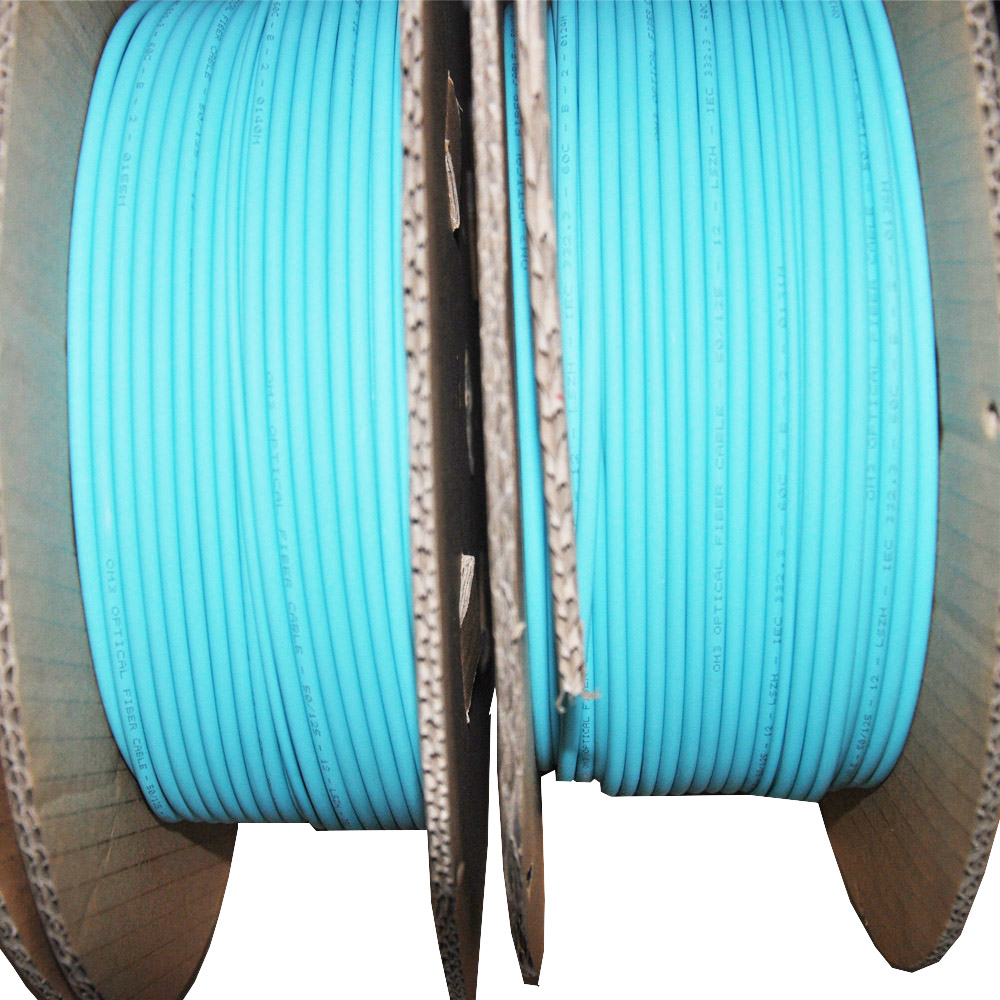Exploring Fiber Optic Cable Types: Single-mode vs. Multi-mode

Understanding Fiber Optic Cables
Fiber optic cables are the backbone of modern telecommunications, enabling the efficient transmission of vast amounts of data. These cables utilize the principles of light propagation through a thin strand of glass or plastic to transmit information at incredible speeds. In this blog, we will delve into the different types of fiber optic cables: single-mode and multi-mode. By understanding their characteristics and applications, you can make informed decisions when it comes to selecting the right cable for your specific needs. Additionally, we will explore the significance of comprehending the differences in fiber optic cable connectors, which play a crucial role in ensuring reliable and efficient data transmission.
Exploring Single-mode Fiber Optic Cables
What are Single-mode Fiber Optic Cables?
Single-mode fiber optic cables are designed with a smaller core size compared to multi-mode cables. The core is the central part of the cable through which light travels. In single-mode cables, the core diameter is typically around 9 microns, allowing for a more focused and direct transmission of light signals.
Advantages of Single-mode Fiber Optic Cables
Single-mode fiber optic cables offer several advantages that make them suitable for specific applications. One key advantage is their ability to provide higher bandwidth and faster data transmission compared to multi-mode cables. This makes them ideal for long-haul communication over extended distances.
Due to their smaller core size, single-mode cables experience minimal signal loss during transmission. This allows for reliable data transfer over longer distances without significant degradation in quality or speed. As a result, single-mode fiber optic cables are commonly used in high-speed internet connections, telecommunications networks, and other applications that require long-distance transmission.
The superior performance of single-mode cables comes at a cost, as they tend to be more expensive than multi-mode cables. Additionally, they require more precise connectors and specialized equipment for installation and maintenance. However, the benefits they offer in terms of bandwidth and distance capabilities make them an excellent choice for applications where reliability and speed are paramount.
In summary, single-mode fiber optic cables provide higher bandwidth, faster data transmission, and are well-suited for long-haul communication and high-speed internet connections. Their smaller core size enables efficient signal propagation over extended distances with minimal loss.
Discovering Multi-mode Fiber Optic Cables
What are Multi-mode Fiber Optic Cables?
Multi-mode fiber optic cables have a larger core size compared to single-mode cables. Typically, the core diameter of multi-mode cables ranges from 50 to 62.5 microns, allowing for the propagation of multiple light signals simultaneously. This characteristic enables multi-mode cables to transmit data over shorter distances within buildings or campuses.
Advantages of Multi-mode Fiber Optic Cables
Multi-mode fiber optic cables offer several advantages that make them a popular choice for certain applications. One significant advantage is their cost-effectiveness and ease of installation. The larger core size of multi-mode cables allows for simpler manufacturing processes, resulting in lower production costs. Additionally, their wider core facilitates easier coupling with light sources and connectors, making installation more straightforward.
While single-mode cables excel in long-distance transmission, multi-mode cables are better suited for short-range applications. They are commonly used in local area networks (LANs), data centers, and other environments where data needs to be transmitted over relatively shorter distances.
However, it's important to note that multi-mode cables have limitations when it comes to bandwidth and distance capabilities compared to single-mode fibers. Due to the dispersion caused by the different light paths within the larger core, multi-mode cables experience higher signal loss over longer distances. Therefore, they are not suitable for applications that require extensive long-distance communication.
In summary, multi-mode fiber optic cables offer cost-effective solutions for short-distance transmission within buildings or campuses. Their larger core size allows for easier installation and makes them ideal for LANs and data centers where long-distance transmission is not required. While they may not provide the same bandwidth or distance capabilities as single-mode fibers, they serve specific purposes effectively and efficiently.

Weighing the Pros and Cons
Pros of Single-mode Fiber Optic Cables
Single-mode fiber optic cables offer several advantages that make them a preferred choice for specific applications. One significant advantage is their higher bandwidth and faster data transmission capabilities. With a smaller core size, single-mode cables allow for the transmission of light signals over longer distances with minimal signal loss. This makes them ideal for long-haul communication and high-speed internet connections where reliability and speed are crucial.
Pros of Multi-mode Fiber Optic Cables
Multi-mode fiber optic cables have their own set of advantages that make them suitable for certain scenarios. One key benefit is their cost-effectiveness and ease of installation. The larger core size of multi-mode cables allows for simpler manufacturing processes, resulting in lower production costs. Additionally, their wider core facilitates easier coupling with light sources and connectors, making installation more straightforward.
These characteristics make multi-mode cables an excellent choice for short-distance transmission within buildings or campuses, such as local area networks (LANs) or data centers, where long-distance communication is not required.
Cons of Single-mode Fiber Optic Cables
While single-mode fiber optic cables offer impressive performance, they do come with some drawbacks. One disadvantage is their higher cost compared to multi-mode cables. The precision required in manufacturing single-mode fibers contributes to their increased price point.
Additionally, single-mode cables require more precise connectors and specialized equipment during installation and maintenance. This can add complexity to the setup process and may require additional expertise or resources.
Cons of Multi-mode Fiber Optic Cables
Although multi-mode fiber optic cables have their advantages, they also have limitations that need to be considered. One drawback is their limited bandwidth and slower data transmission capabilities compared to single-mode fibers. Due to the dispersion caused by the different light paths within the larger core, multi-mode cables experience higher signal loss over longer distances.
As a result, multi-mode cables are not suitable for applications that require extensive long-distance communication. If high bandwidth or long-range transmission is a requirement, single-mode cables would be a more appropriate choice.
In summary, the pros of single-mode fiber optic cables include higher bandwidth and faster data transmission, making them ideal for long-haul communication and high-speed internet connections. On the other hand, multi-mode cables offer cost-effectiveness and easier installation for short-distance transmission within buildings or campuses. However, it's important to consider the cons of each type, such as the higher cost and precise requirements of single-mode cables, as well as the limited bandwidth and distance capabilities of multi-mode cables.
Understanding Fiber Optic Cable Connectors
Importance of Fiber Optic Cable Connectors
Fiber optic cable connectors play a crucial role in ensuring reliable and efficient data transmission. These connectors serve as the interface between the fiber optic cables and the devices they connect to, such as routers, switches, or transceivers. They provide a secure and precise connection that allows for the seamless transfer of light signals.
The quality and compatibility of fiber optic cable connectors are essential for maintaining signal integrity and minimizing loss during transmission. A poorly designed or improperly installed connector can result in signal degradation, leading to decreased performance or even complete data loss.
Different types of connectors are used for single-mode and multi-mode fiber optic cables due to their varying core sizes. It is important to select the appropriate connector type that matches the specific cable being used to ensure optimal performance.
Types of Fiber Optic Cable Connectors
There are several common types of fiber optic cable connectors available in the market. Some popular examples include:
SC (Subscriber Connector): SC connectors feature a square-shaped push-pull mechanism, making them easy to install and remove. They are commonly used in data communication applications and are known for their excellent durability.
LC (Lucent Connector): LC connectors have a smaller form factor compared to SC connectors, making them ideal for high-density environments where space is limited. They use a similar push-pull mechanism as SC connectors but offer higher performance with lower insertion loss.
ST (Straight Tip): ST connectors were one of the first widely used fiber optic connectors. They utilize a bayonet-style twist-lock mechanism for secure connections. While not as compact as SC or LC connectors, ST connectors are still prevalent in some applications.
Each connector type has its own advantages and applications based on factors such as ease of installation, space requirements, and performance considerations. It's important to choose the right connector type based on the specific needs of your fiber optic cable installation.

Concluding Thoughts on Fiber Optic Cable Types
Understanding the differences between single-mode and multi-mode fiber optic cables is crucial when it comes to selecting the right cable for your specific needs. By considering the advantages and disadvantages of each type, as well as the requirements of your application, you can make an informed decision that aligns with your goals.
Additionally, selecting the appropriate fiber optic cable connectors is essential for ensuring reliable and efficient data transmission. The choice of connectors should be based on compatibility with the cable type and the specific devices being used.
By taking into account these factors, you can build a robust and efficient fiber optic network that meets your communication needs. Whether it's long-haul communication or short-distance transmission within buildings, understanding fiber optic cable types and connectors will empower you to make informed decisions in this ever-evolving field of telecommunications.
See Also
Understanding Different Types of Fiber Optic Adapters: A Comprehensive Guide
Exploring IP68 Outdoor Fiber Optic Cables
Discover the 8 Core Fiber Optic Terminal Box
Building Reliable Network Infrastructure with Fiber Patch Cords
About US
Follow Us
AnetFiber company's main products are indoor and outdoor optical fiber cables, outdoor waterproof pre-connected fiber-to-the-home products, PLC optical fiber splitters, optical fiber jumpers and pigtails, MTP®/MPO high-density big data product solutions, optical fiber field quick connectors and research and development molding, injection molding and production of optical fiber distribution boxes, optical fiber chassis cabinets, the market has expanded to the world, Europe, America, Asia, the Middle East and Latin America.
Address
Shenzhen City, Baoan District, Yanluo Street, Tangxiayong Community, Yangyong Industrial Road, Tonggangda New Energy Vehicle Park 406
Contacts
+86 199 2655 3586

